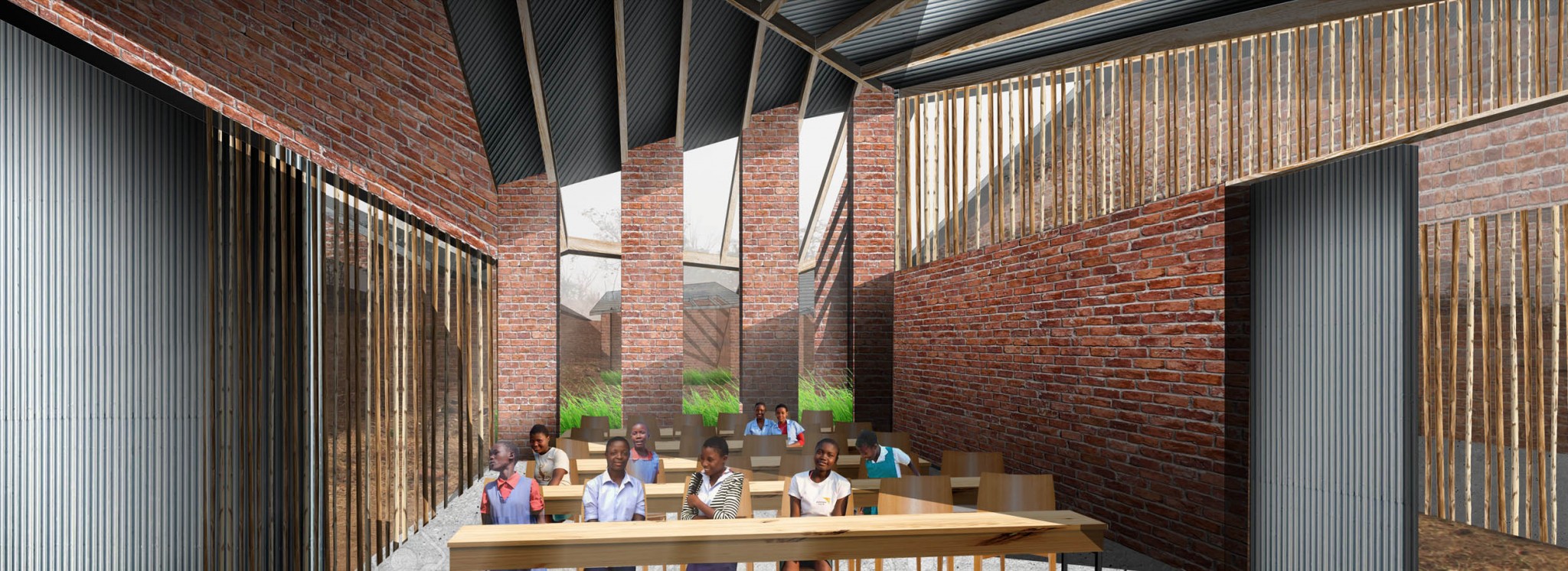MALAWI
secondary school in africa
2019
Soil erosion is one of the major factors causingsoil loss, destruction of agricultural and ecological land, and consequently, damage to agriculture, and threatening the future of agriculture and food security. In recent decades, human activity has significantly increased the rate of erosion, and thushascaused serious damage. Proper methods of land use can limit the damage to the ecosystems, direct loss of agricultural land, damage to agricultural productivity, and desertification.
The most effective method of preventing soil erosion is to increase coverage of the soil with vegetation. The roots hold the soil, thereby reducing the chance that it will be washed away. The leaves and branches reduce the intensity of the wind and the impact of the raindrops that separate the soil particles and allow them to be blown away.
The secondary school project in Benga, Malawi provides a showcase platform for agricultural culture and Mother Earth. A cultivation-based landcreation is customized for planting and provides a stable infrastructure throughout the project.
Malawi’s economy is based on traditional agriculture, and the younger generation must be educated to develop skills in soil cultivation, learn new techniques, and increase awareness of the damage that can be caused to the land by exploiting nature for industrialization.
Cutting down forests causes the soil to be transportedfrom high places to rivers, causing great damage to the soil and the climate. The goal of the project is to raise awareness by the proper agricultural use of the land.
The creation of ridges and shallow furrows show the transport of the soil can be reducedby planting on the ridges and preventing the transport of the soil to the furrows. The recommended gradient is 0.5% in order to prevent soil erosion.
Making small furrows in parallel channels lets the water be carried along to irrigate the crops grown on the ridges in a controlled and efficient manner.












